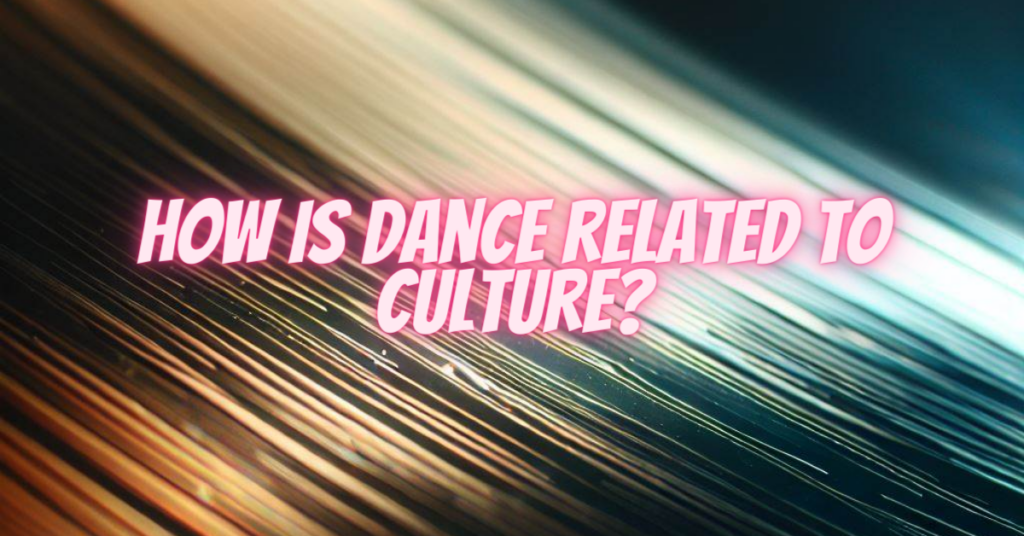Dance, a universal language of movement and expression, is deeply intertwined with culture, reflecting the beliefs, values, and traditions of societies around the world. This profound connection between dance and culture goes beyond mere physical movements; it encapsulates the essence of a community’s history, emotions, and collective identity. In this article, we will explore the intricate relationship between dance and culture, delving into how dance serves as a vibrant mirror that reflects the richness of diverse cultures.
1. Preserving Cultural Traditions:
Dance serves as a living archive of cultural traditions. Passed down through generations, traditional dances encapsulate the customs, rituals, and stories of a community. By performing these dances, individuals keep their cultural heritage alive, ensuring that ancient practices and beliefs endure and are celebrated in the present day.
2. Expressing Cultural Identity:
Each cultural group possesses unique dance forms that reflect their distinct identity. Traditional dances often incorporate specific movements, costumes, and music, representing the values and aspirations of a particular culture. Through these dances, communities express their pride in their heritage, reinforcing a sense of identity and belonging among their members.
3. Communicating Emotions and Stories:
Dance serves as a powerful medium for expressing a wide range of emotions, from joy and celebration to grief and reverence. Traditional and contemporary dances alike often tell stories—myths, legends, historical events, or everyday experiences—through intricate choreography and symbolic gestures. These narratives deepen the cultural understanding of both performers and audiences, fostering a connection to shared histories.
4. Ceremonial Significance:
In many cultures, dances are an integral part of religious, social, and ceremonial events. Dances performed during weddings, festivals, and religious rituals carry significant cultural and spiritual meaning. They connect participants with their roots, allowing them to engage in age-old traditions and rituals that have been passed down through centuries.
5. Facilitating Social Bonds:
Dance often serves as a communal activity, bringing people together in celebration and unity. Whether in a traditional circle dance, a lively folk festival, or a contemporary dance performance, the shared experience of movement fosters social cohesion, strengthens bonds between community members, and promotes a sense of belonging.
Conclusion
The relationship between dance and culture is a profound and intricate tapestry woven with threads of tradition, emotion, and artistic expression. Dance serves as a living embodiment of a culture’s essence, encapsulating its history, identity, and values. As societies evolve, dance continues to play a vital role in preserving cultural heritage, fostering unity, and celebrating the rich diversity of the human experience. By recognizing and embracing the deep connection between dance and culture, we gain a deeper appreciation for the beauty and significance of this timeless art form.


